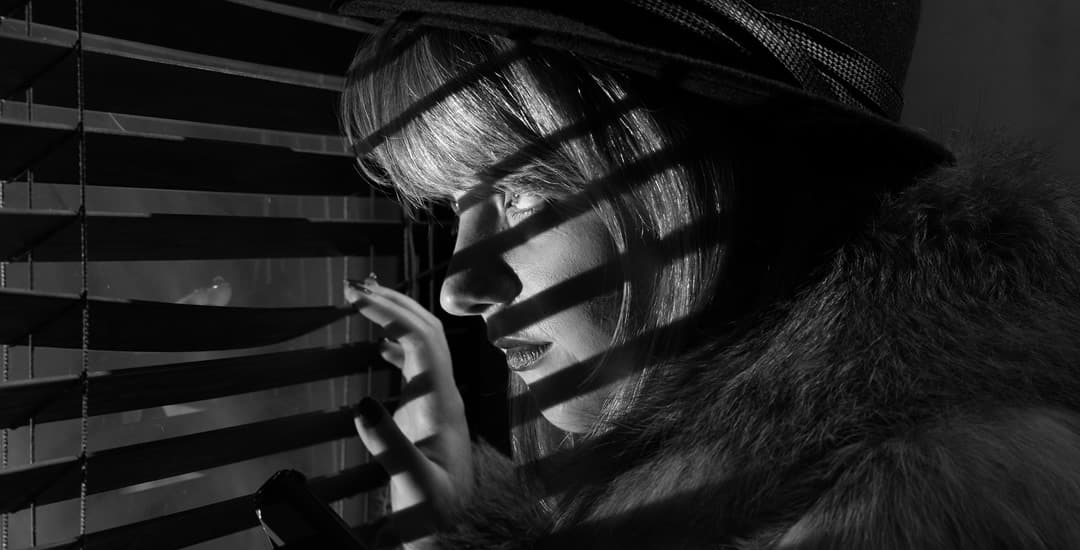
To make your windows private at night and prevent people from outside seeing in, you need to block or obscure the view using blinds, curtains, frosted glass, or another form of impermeable barrier.
This blog post will talk you through your options on maintaining your privacy and stopping people seeing in, or even being able to tell if there’s a light on in your room at all, at night.
How do I make my windows private at night?
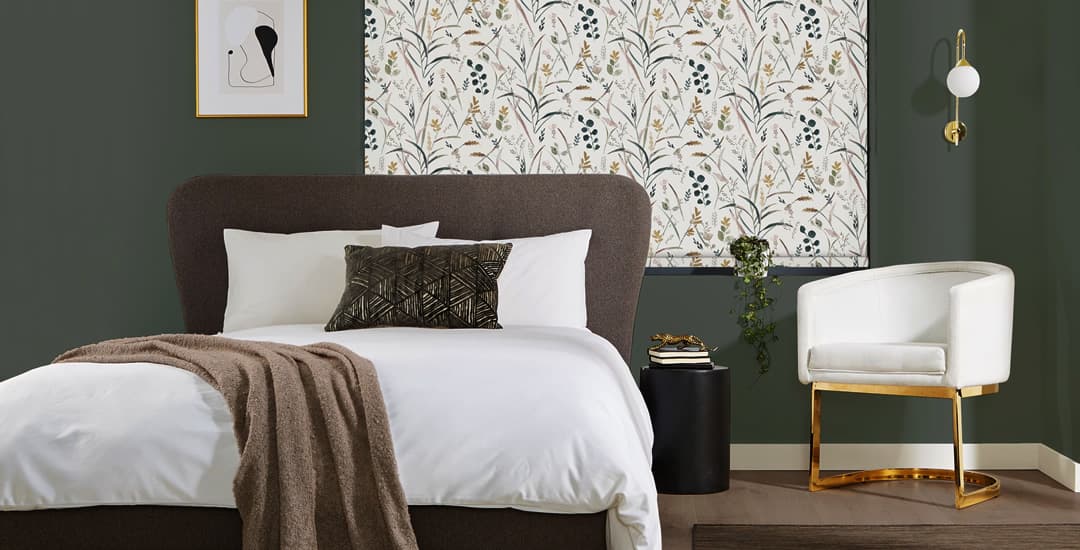
You have a few options for making your windows and so, view of inside private, depending on the room in question and what you’re trying to achieve. If you just want to keep people outside from being able to see any clear details, like whether or not you have an expensive telly versus one that’s not worth robbing, or if you’re in the buff having just got out of the bath, frosted glass or a semi-opaque net or voile might do the trick.
Most of us are looking for rather more privacy than this, however, and so we tend to turn to blinds or curtains. Blinds are the most effective way to make your windows private at night, whilst also offering you more variety in terms of how and to what degree than you can get with curtains.
How do I make my windows private without curtains?
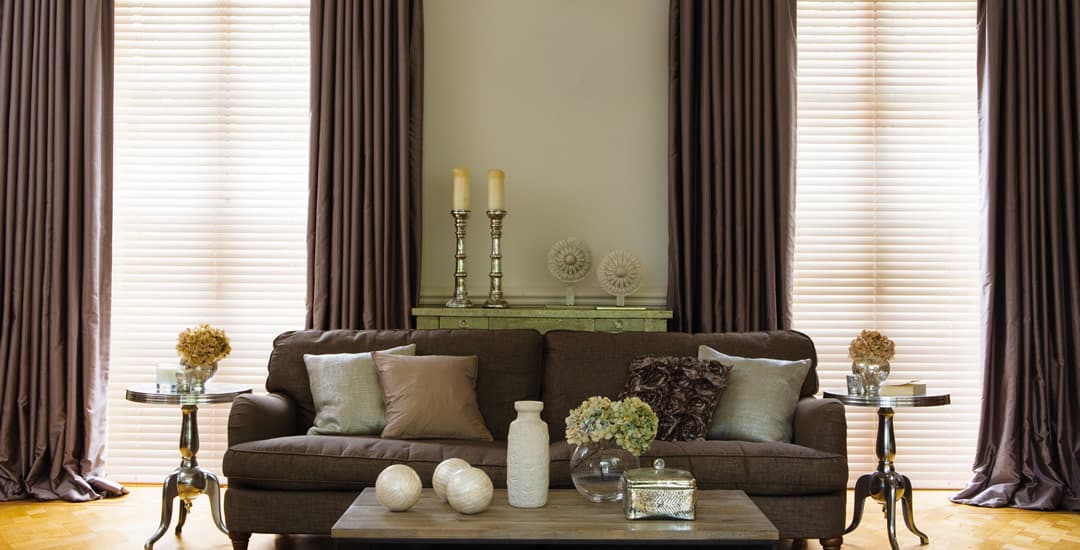
Curtains are perhaps one of the more obvious solutions to preserving your privacy at night, but they’re by no means the most effective, nor the most cost-effective either. Curtains may have a gap where they join in the middle or at the sides, and they can also sway in a breeze from an open door or even if the window is left open for ventilation.
Curtains aren’t always suitable for use in rooms where humidity or water is a factor either, like kitchens and bathrooms.
Taking curtains off the table then, you are left with a great many different types of blinds, and also other options like frosted or tinted glass too.
How do I make my windows private at night in the most effective way?
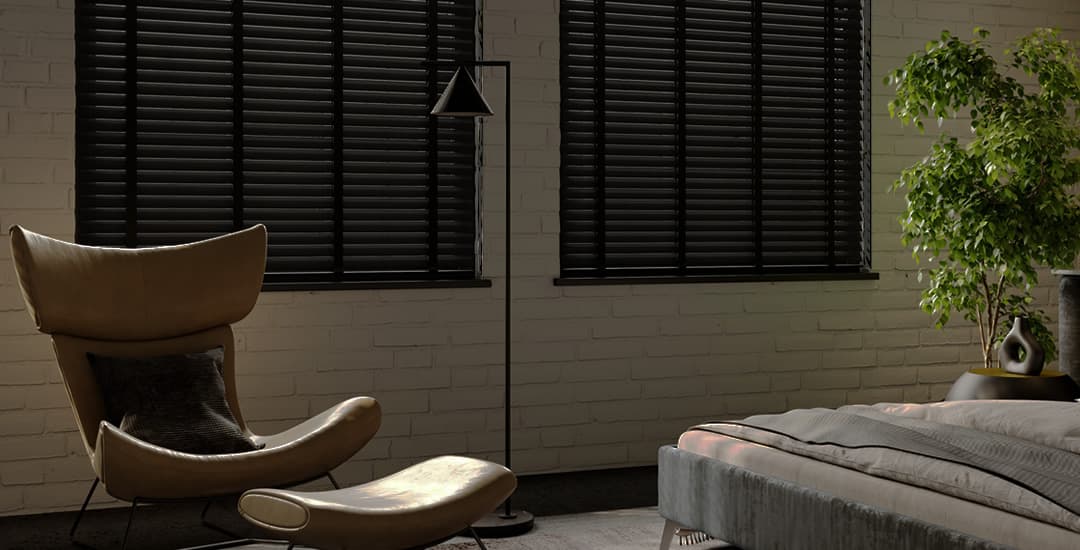
A well-made and correctly fitting blind of an appropriate type for your overall needs is the most effective way to make your windows private at night, which essentially means that you need to buy a made-to-measure blind.
Readymade blinds aren’t an exact fit for most windows and will either leave gaps to the sides that compromise your privacy, or will need trimming to size at home. This often leaves unfinished raggedy edges, and which can be fiddly to get right anyway.
Different thicknesses of blinds will offer different levels of privacy too; for instance, a thin or flimsy roller blind might allow someone outside to see shapes and movement within. This may not be an issue for many people, but most people who have taken the time to get this far through an article on making your room/windows private at night are usually looking for something a little more comprehensive!
Any type of blackout blind will stop any sort of view of inside completely (assuming it fits correctly without gaps at the sides) and a blind with louvres like a vertical blind, or slats like a Venetian, wooden, or faux-wood blind, will block the view entirely as well, as long as the slats or louvres are closed flush.
It may be worth mentioning too that in the case of vertical blinds, the louvres can sway and so, part briefly in a breeze from an open (or very poorly insulated) window, or a door opening and closing at speed.
Day and night blinds can block 100% of the view of inside too when their stripes are aligned exactly right, but they can be challenging to get so perfectly aligned as to avoid even tiny lines of vision, albeit these are so small as to be negligible if you are mindful of the task.
How to make your windows private at night including stopping any light leakage
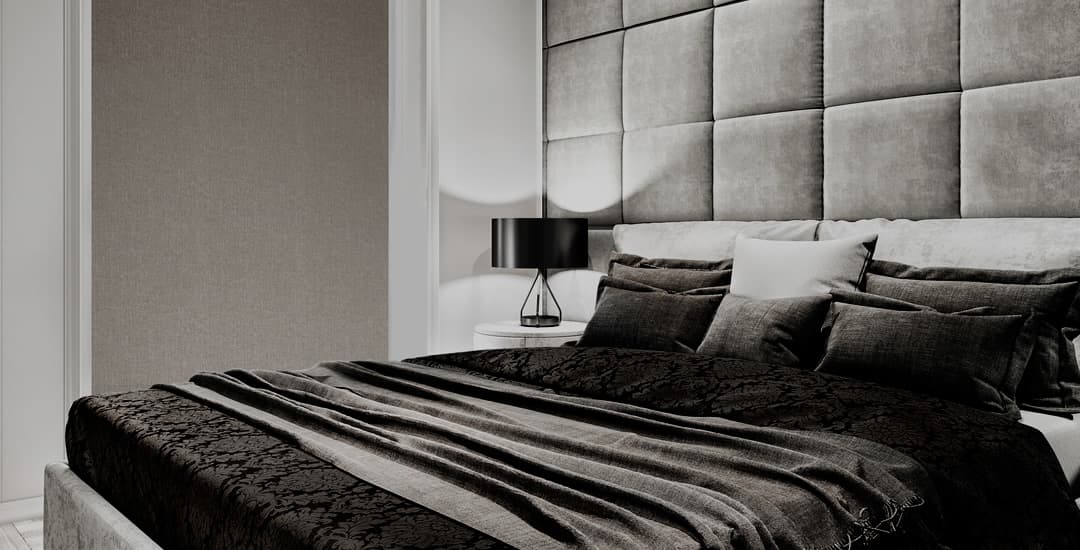
If you don’t only want to ensure that nobody outside can see in but also prevent any light from getting out and so, potentially alerting people outside that a light is on and/or the room is in use, you need a blackout blind.
As well as choosing a blind made with a blackout lining or finish, you should also order it in a size 10cm larger on all four sides than the window recess itself, and hang it outside of or over the recess rather than inside of it.
This will prevent any light leakage from the room in 99% of cases, but if you find you’re still having issues with gaps and chinks, you can hang one blackout blind inside of the window recess to accompany this one and ensure that absolutely no light can get out.




